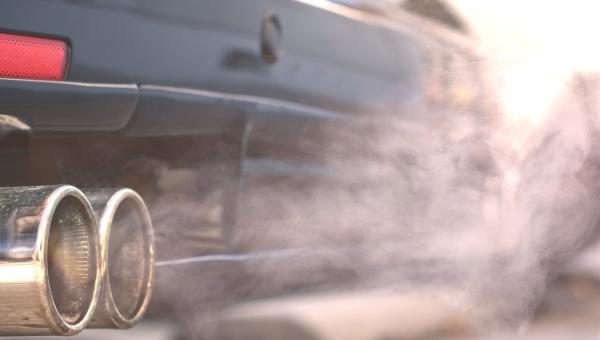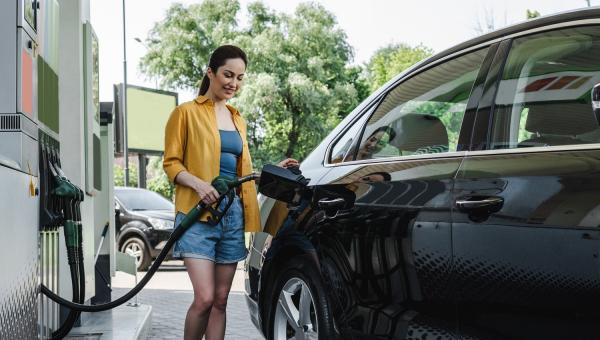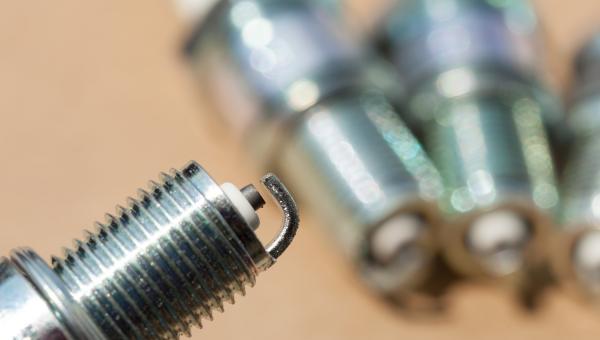Test Drive Notes Library
-
 Pros
Pros
- Luxury end of the spectrum. If you think of BMW’s product offerings on a spectrum, generally speaking, the smaller the vehicle, the sportier — which is what BMW was long known for. The larger the BMW, the more luxurious and less sporty it will be — which is what BMW is now increasingly known for. The X7 is BMW’s largest SUV, with three rows of seats. We found it to be very well behaved, extremely comfortable, and slightly boring. It might also be the best luxury 3-row SUV we’ve driven.
- Extremely comfortable. The ride in the X7 is great. Riders are well insulated from any rough spots in the asphalt. This is despite the fact that our test X7 had very low-profile — almost no-profile— tires. The enormous, optional 23-inch wheels were fitted with 30-aspect tires (35 up front). That means there’s almost no sidewall. Despite that, the ride was serene. Imagine how great the ride would be with the 21-inch wheels. The seats are broad and very supportive. There’s lots of room — head, shoulder, and foot room, even in the second row with optional captain’s chairs. And the interior is rife with well-made switches and materials. The overall impression is one of quality and calm.
- Competent handling. This is not a BMW that makes you want to seek out your favorite mountain road. Unless there’s a luxury hotel and spa at the top of the mountain. Handling is not sporty — not with a 5,500 pound SUV. But it’s very competent. We don’t know how much was the base-car itself, and how much was due to the inclusion of the low profile tires and BMW’s $3,300 Dynamic Handling Package, which includes equipment that reduces body roll on curves, and maximizes comfort on straights. In any case, we found the steering to be precise with zero slosh, the body lean well controlled, and cornering very competent — at reasonable speeds. At this price point (base $77.850, as tested $95,745), you can actually have both crisp handling and great comfort.
- Engine. BMW has always made great, in-line, six cylinder engines. And the latest iteration of the 3.0 liter, twin turbo gasoline engine produces 375 horsepower, which is plenty for the X7. Paired with BMW’s excellent 8-speed automatic and a 48 volt mild hybrid system, it’s smooth and powerful. There’s a ton of sound absorbing insulation in the X7, so those wanting to enjoy the sound of the engine are out of luck, and will have to settle for the Harmon Kardon. The EPA says to expect 22 mpg. We saw just under 21 overall, which is pretty good for a 3-row mastodon.
- Conservative looks. Very much a generic, slab-sided, 3-row SUV for the most part. The truth is, function really dictates form here, because you’ve got to fit three rows of seating inside, so designers don’t have a ton of leeway. The exception here are the headlights, which get a futuristic split bulb treatment. We suppose that those plunking down $95K for a family vehicle are probably interested in clean, conservative styling anyway.
-
 Cons
Cons
- OK BMW, how much for knobs? BMW, in the interests of a sleeker, less cluttered looking dashboard, has done away with the heating, cooling, and ventilation controls. It’s all on screen now. The problem is that not only do you have to call up the relevant screen first, but then you have to perform eye/finger tip coordination to touch the right icon, and then check again to see if you hit it right and if it has responded. A fan speed knob is far easier to operate while driving. Is that really going to ruin your interior design?
- New iDrive software apps are a step backwards. Rather than have deeper, hierarchical menus for less frequently used controls, BMW has given each of them “apps,” like on your phone. But for anyone who has flipped through pages of apps, looking for one in particular — only to miss it four times before seeing it — you’ll understand why this seems like an interesting idea, but a poor choice on real road conditions. Wireless Apple Car Play is great.
- Dashboard instrumentation. BMW used to be the epitome of driver-oriented instrumentation. Their newest cars feature more video-game-like displays that are less easy to read, less appealing visually, and frankly, cheap looking. We hope they’ll up their game. Audi is doing a far better job now.
Test Drive Notes Library
Get the Car Talk Newsletter
 Pros
Pros Cons
Cons


